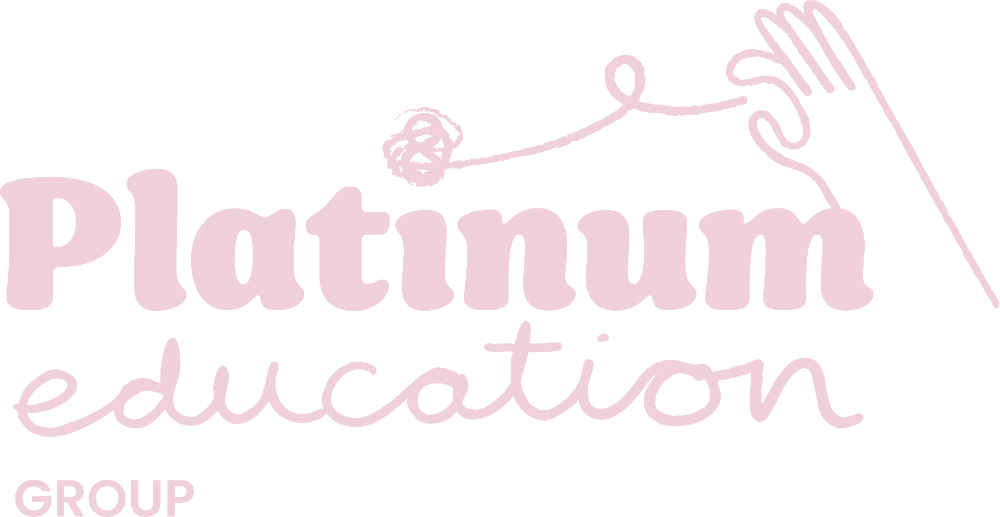Critical Reflection (as an art form)
Apr 04, 2023
Critical reflection is a term which everyone in early childhood would (or should) have heard many times. In our eagerness to do right by our children, reflect the Early Years Learning Framework and comply with the National Quality Standards, we often throw the term “critical reflection” around without actually truly understanding what it means. We’ll try to fix that, but remember… while an educator might understand the theory behind critical reflection, it takes practice to engage in critical reflection authentically, meaningfully and purposefully. It’s like an art form. Anyone can pick up a paintbrush and understand the strokes, but it takes an artist years of practice, failure and persistence to get good.
So, What Is Critical Reflection?
In the EYLF, critical reflection (mentioned 24 times in the document!) is defined as “a meaning-making process that involves a deeper level of thinking and evaluation” (p. 18) … whatever that means! To paraphrase the further details contained within the EYLF (on that same page), critical thinking is thinking hard, challenging questions about any given subject, context, action, theory, understanding, practice, philosophy (anything really) and using what you come up with to influence your further decision making and actions. It’s Identifying and exploring our own thoughts, feelings, and experiences and then making a decision about how they fit in with ideas, concepts, and theories.
Reflection vs Critical Reflection
Both reflection and critical reflection are concepts we must think about, practice and document in our day-to-day practice… So, what’s the difference? It’s all about that word critical. Think about it outside of the barriers of critical reflection. When someone is thinking critically, sharing critical thoughts or being critical of actions, is it always an easy thing to take on board? No, in fact it can often be quite challenging, with challenging being the other key difference between reflection and critical reflection. A great critical reflection will often spark debate, conversation, differing opinions and differing opinions. This is a good thing! If a critical reflection leads to a disagreement, then well done! You’re thinking critically!
Why should I bother critically reflecting?
Aside from it being a requirement within the EYLF, NQS, and required to prove you’re an exceeding service, and educator who is engaging in critical reflection is always engaging their brain, challenging their thinking, broadening their mind and becoming a better educator. No one should ever stop learning, and through critical reflection we’re able to give ourselves new avenues of thinking, and new ideas to put into action. Through critical reflection we’re able to put ourselves in the shoes of others, challenge potential biases and improve practice for everyone involved.
What does critical thinking look like?
This is the hard question. ACECQA have published a great handout on the difference between critical reflection and evaluation. As has been touched on, critical reflection might be easy to talk about, but how is it done well, and what would that look like? It’s a difficult thing to answer, as there are no fool-proof, one-size-fits-all answers. Using the art analogy again, Van Gough and DaVinci’s works look completely different, but they are both “doing art”.
Given what we’ve already said about the word “critical”, and that it can be challenging, don’t fall in to the trap of critical thinking always having to be negative, or something that’s wrong. You can critically reflect on something that’s gone right too. About why it went so well, the ins-and-outs of what made something a success. Critical reflection is all about asking important, deep and challenging questions of something, no matter if it went well or not.
Yes… but what does it ACTUALLY look like?
It looks different in each centre and with each educator, but oftentimes a centres programming and planning format can be set up to prompt and provide opportunity for documenting critical reflections. It’s important to have your critical reflections documented, along with the actions and follow ups that they’ve led up to. They’re needed to show the exceeding theme of your “practice being informed by critical reflection”. A great way to get started with Critical Reflections is to use pre-written prompting questions. Questions that are already formulated and designed to get you thinking critically about a particular topic, subject, experience, or event. These should be used as training wheels though, and used to give an idea on the types of questioning to be used. Eventually, and with practice, your critical thinking brain will be strong enough to come up with it’s own questions to suit all unique scenarios and occasions. Get flexing!

Further reading:
https://www.acecqa.gov.au/sites/default/files/2023-01/EYLF-2022-V2.0.pdf

